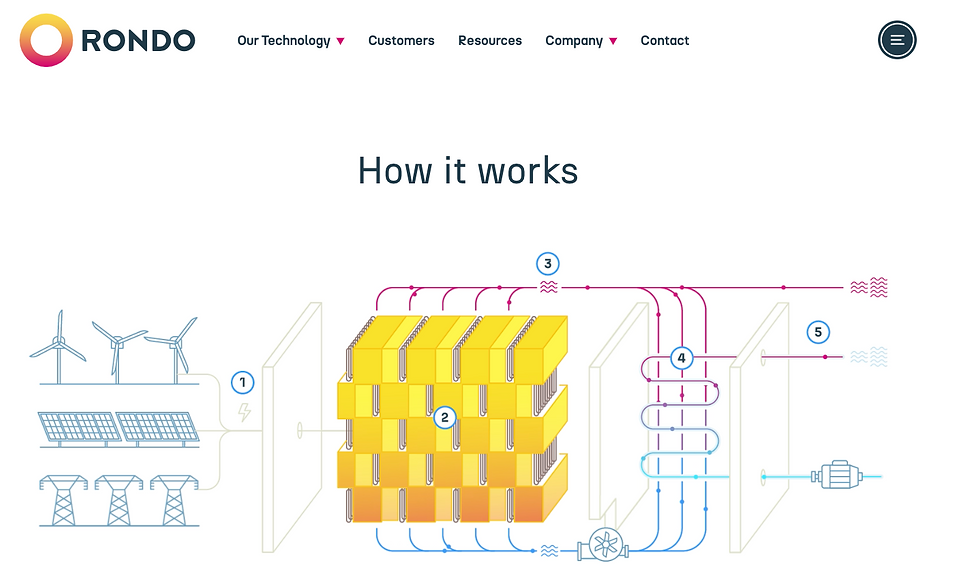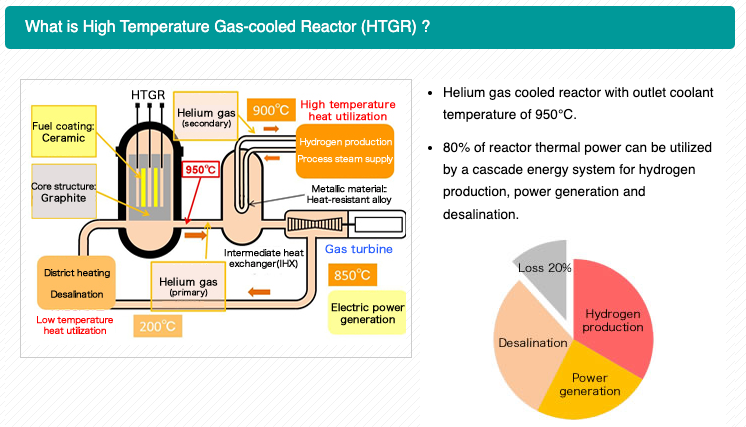Thorium maybe the future?
- info629235
- Mar 26
- 4 min read
Updated: May 20

Has deep knowledge of climate with a long-standing university education- Where insights into energy are very important. So I know the great climate dilemma well. Understands what an enormous problem humanity has caused itself.
The question is is there a solution, is there a chance for humanity.
The folly that characterizes the USA under Trump makes me turn completely away from the US. Believes in the EU, but I think there must be cooperation with China.
It cannot be done otherwise. China has the most realistic future plan.
Maybe India can go in the same direction, but China is far ahead.
China is certainly not a democracy. Not as bad as Russia, but a form of dictatorship. The sad thing is the path the US is taking.
Russia is only after a past greatness. Much worse than the US.
Energy issues will be the central issue. In a number of ways. CO2 levels are likely to rise to 600-800 ppm. Temperatures will rise to at least +3°C. With everything happening now at +1.5°C it will cause enormous problems. Much of the planet will experience enormous convulsions in the weather. Probably mid-levels will be affected the most. China, southern Europe, southeastern and western USA. And in the southern hemisphere, Australia will probably have the most problems.
The Nordic countries, Canada are perhaps the least affected.
Thorium reactors for solutions
Wind, solar, hydropower and other renewable energy sources are of course good and needed. There must be no hostility between different solutions. All the fight must be against fossil fuels. Also with the understanding that fossil is finite.
Great hope will now be placed on uranium-based nuclear power. Can't be really happy about this. But it is necessary. I know all the problems and risks. It has been a naive view that SMR reactors can be placed almost everywhere where energy is needed. But that is not possible. That the waste should be handled at all these locations.
International Atomic Energy Agency IAEA, has said "Thorium fuel gives rise to waste that is smaller in volume, less toxic and much less long lived than the wastes that result from uranium fuel". However, waste from Thorium also needs to be managed for hundreds of years. But for a considerably shorter time than today's nuclear power, about 500 years. The main waste is Uranium 233. But the question mark is other more long-lived isotopes like proactinium 231.. While uranium is naturally fissile, thorium is not, it is though fertile.
Thorium has isotope 232. A neutron can be combined with this to form Uranium 233. Thorium is a naturally occurring radioactive substance. Has been used for some special applications. Thorium 232 gives off radioactivity. But if Thorium 232 is bombarded by protons, Thorium 233 can be formed. The next step is Proactinium 233, and the next step is Uranium 233, so 2 intermediate steps. But Thorium can form different radioactive isotopes, Thorium 227, 228, 229, 230, 233, 234. This means that there is not as much energy to be produced as with Uranium 235. The advantage is clearly less risk in every way with this radioactive element. Slowly Thorium will form with neutrons from first Protectinium 233, decay to Uranium 233 in a reactor where nuclear energy can be created . A liquid reactor is called an LFTR is now used. It is a Molten salt reactor with a mixture of fluoride salt, beryllium or lithium fluoride. Slow fission occurs, producing heat. The reaction is slowed down by graphite. The temperature is high and the substances are aggressive, which is perhaps the biggest problem.

For a few decades, thorium was developed in parallel with Uranium 235. If Thorium had been developed further, it would have been a good energy alternative, but Uranium 235 was chosen instead, which could also be used for nuclear weapons. That there were certain difficulties, not least in finding the right material for the reactor parts. One problem was that in many combinations Uranium 232 was developed, which is highly radioactive. However, this has been able to be handled in the liquid with different chemical substances.Thorium reactors can be small, they can be placed with significantly less safety distance than regular reactors. Thorium can be placed in environments without much water. China intends to place them in the Gobi Desert. This is possible with Thorium. I suspect is the biggest risk and problem is the very high temperatures you have to work with. And the right alloy is needed. The Molten-Salt Thorium Reactor Experiment. Started 1965 - closed 1969 Despite the fact that there were problems, it is still difficult to understand why the test reactor was not continued to be operated. So much worked that it should have been obvious. So much was, after all, well thought out. The closure seems to have been mostly driven by the fact that it did not fit into the nuclear power program at the time.
https://www.youtube.com/watch?v=tyDbq5HRs0o&t=380s History of Thorium and its development over a few decades in the 20th century, only to be almost forgotten for a while.
https://www.youtube.com/watch?v=cwCj9Xfr6iM
Future in China
China has already completed a smaller 2MW test facility, due in 2021.
China will implement a 60MW solution inspired by the results during these few years.
Molten salt reactors can also be operated like a regular nuclear reactor. Although these provide greater power, it is important to note the major advantages of a thorium reactor. Almost all nuclear power has been water-cooled and often planned near the sea. This is a major limitation. Working with molten salt will have major advantages in terms of both location and size. Safety for all nuclear power often requires many years of preparation. Thorium should be able to be handled more easily. As far as I can see, there should be large traditional nuclear power plants around 1000MW. But then Thorium could be suitable for location in industrial areas with a size below 100MW.
It is really important to continue studying this project..
Leif Lindblom, Fil. Kand. info@leiflindblom.se. https://www.leif-lindblom.com/




Comments